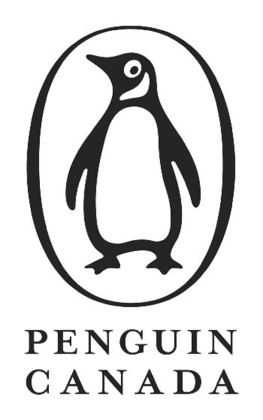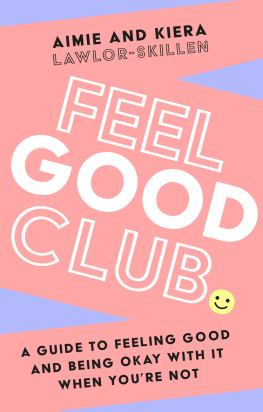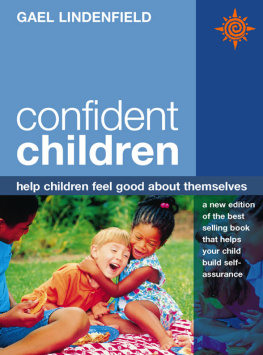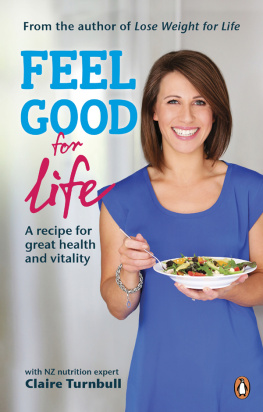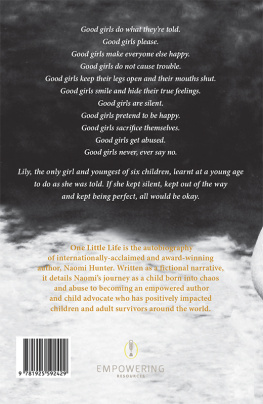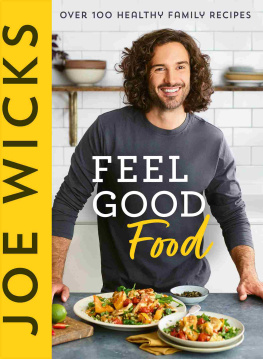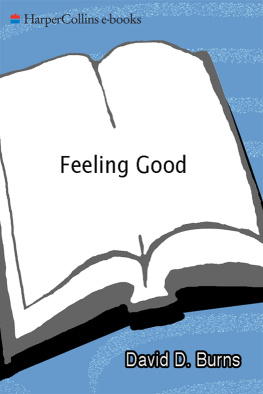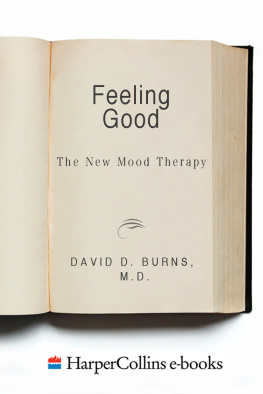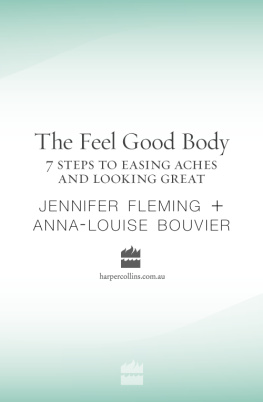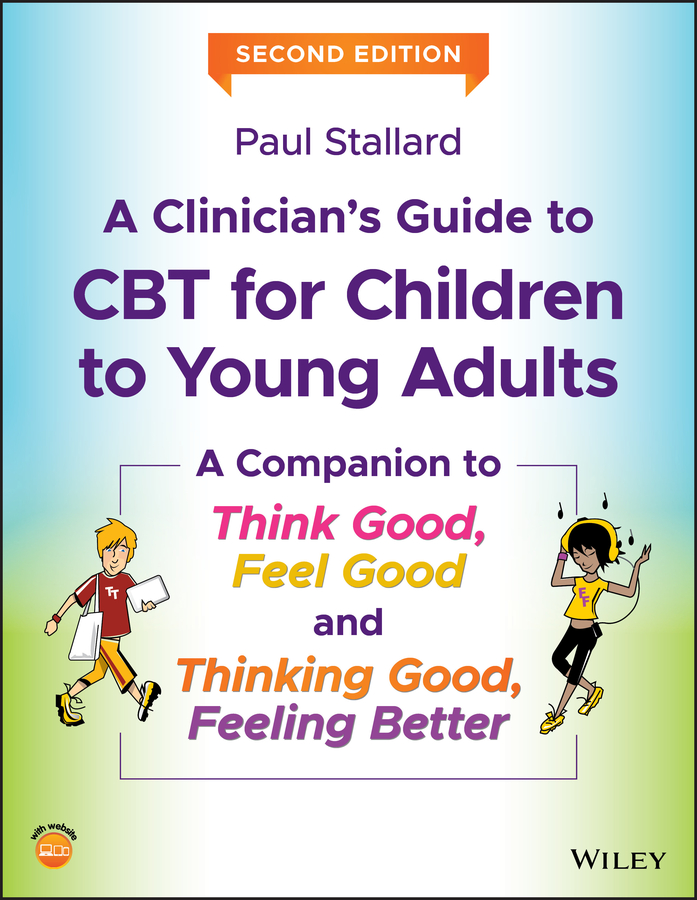
Table of Contents
List of Tables
- Chapter 1
- Chapter 3
- Chapter 4
- Chapter 7
List of Illustrations
- Chapter 1
- Chapter 3
- Chapter 5
- Chapter 6
- Chapter 8
- Chapter 10
- Chapter 11
Guide
Pages
A Clinicians Guide to CBT for Children to Young Adults
A Companion to Think Good, Feel Good and Thinking Good, Feeling Better
Second Edition
Paul Stallard

This second edition first published 2021
2021 John Wiley & Sons Ltd
Edition History
John Wiley & Sons Ltd (1e, 2005)
All rights reserved. No part of this publication may be reproduced, stored in a retrieval system, or transmitted, in any form or by any means, electronic, mechanical, photocopying, recording or otherwise, except as permitted by law. Advice on how to obtain permission to reuse material from this title is available at http://www.wiley.com/go/permissions.
The right of Paul Stallard to be identified as the author of this work has been asserted in accordance with law.
Registered Offices
John Wiley & Sons, Inc., 111 River Street, Hoboken, NJ 07030, USA
John Wiley & Sons Ltd, The Atrium, Southern Gate, Chichester, West Sussex, PO19 8SQ, UK
Editorial Office
The Atrium, Southern Gate, Chichester, West Sussex, PO19 8SQ, UK
For details of our global editorial offices, customer services, and more information about Wiley products visit us at www.wiley.com.
Wiley also publishes its books in a variety of electronic formats and by printondemand. Some content that appears in standard print versions of this book may not be available in other formats.
Limit of Liability/Disclaimer of Warranty
While the publisher and authors have used their best efforts in preparing this work, they make no representations or warranties with respect to the accuracy or completeness of the contents of this work and specifically disclaim all warranties, including without limitation any implied warranties of merchantability or fitness for a particular purpose. No warranty may be created or extended by sales representatives, written sales materials or promotional statements for this work. The fact that an organization, website, or product is referred to in this work as a citation and/or potential source of further information does not mean that the publisher and authors endorse the information or services the organization, website, or product may provide or recommendations it may make. This work is sold with the understanding that the publisher is not engaged in rendering professional services. The advice and strategies contained herein may not be suitable for your situation. You should consult with a specialist where appropriate. Further, readers should be aware that websites listed in this work may have changed or disappeared between when this work was written and when it is read. Neither the publisher nor authors shall be liable for any loss of profit or any other commercial damages, including but not limited to special, incidental, consequential, or other damages.
Library of Congress CataloginginPublication Data
Names: Stallard, Paul, 1955 author.
Title: A clinicians guide to CBT for children to young adults : a companion to think good, feel good and thinking good, feeling better / Paul Stallard.
Other titles: Clinicians guide to think goodfeel good
Description: Second edition. | Hoboken, NJ : John Wiley & Sons, [2020] | Includes bibliographical references and index.
Identifiers: LCCN 2020022832 (print) | LCCN 2020022833 (ebook) | ISBN 9781119396314 (paperback) | ISBN 9781119395492 (adobe pdf) | ISBN 9781119395461 (epub)
Subjects: LCSH: Behavior therapy for children. | Cognitive therapy for children. | Behavior therapy for teenagers. | Cognitive therapy for teenagers.
Classification: LCC RJ505.B4 S718 2020 (print) | LCC RJ505.B4 (ebook) | DDC 618.92/89142dc23
LC record available at https://lccn.loc.gov/2020022832
LC ebook record available at https://lccn.loc.gov/2020022833
Cover Design: Wiley
Cover Image: www.davethompsonillustration.com
About this book
This book provides practical ideas about how to use cognitive behavioural techniques (CBT) with children, adolescents, and young adults. The book is organised around a competency framework and highlights the underlying philosophy, process, and core skills of undertaking CBT with this client group. The ideas can be used as part of an individual intervention for those with psychological problems or as a groupbased prevention programme to promote helpful life skills to build resilience.
The CORE philosophy of CBT, namely a Childcentred, Outcomefocused, Reflective, and Empowering approach, is described. Attention is paid to the PRECISE process of working with children, adolescents, and young adults. This is based on Partnership working, pitched at the Right developmental level, promoting Empathy, Creativity, Investigation, and Selfefficacy, and which is Engaging and enjoyable.
Finally, the specific core skills, the ABCs of CBT, are described. These are defined as Assessment and goals, Behavioural, Cognitions, Discovery, Emotions, Formulations, General skills, and Home assignments. Each skill is described with practical examples provided of how these can be applied in work with children, adolescents, and young adults.
When discussing specific skills and techniques, reference is made to relevant worksheets which are available in Think Good, Feel Good (TGFG) for children and young adolescents and Thinking Good, Feeling Better (TGFB) for older adolescents and young adults.
Acknowledgements
There are many people who have contributed to the ideas contained in this book. Instead of providing an endless list of names, I would quite simply like to thank everyone I have had the privilege to work with. In particular, all the children, young people, and amazing colleagues I have been fortunate to work with during my career. They have inspired and challenged me in equal measure.
I would like to thank my family, Rosie, Luke, and Amy, for their unwavering encouragement, support, and enthusiasm for this project.
Finally, I would like to thank those who read this book. I hope that these materials will help you to develop your practice and to make a real difference to the lives of the young people you work with.
Online resources
All the text and workbook resources in this book are available free, in colour, to purchasers of the print version. To find out how to access and download these flexible aids to working with your clients visit the website
www.wiley.com/go/cliniciansguide2e
The online facility provides an opportunity to download and print relevant sections of the workbook that can then be used in clinical sessions with young people. The materials can be used to structure or supplement clinical sessions or can be completed by the young person at home.
The online materials can be used flexibly and can be accessed and used as often as required.
CHAPTER ONE
Introduction and overview
Cognitive behaviour therapy (CBT) is a generic term used to describe a variety of interventions that focus on the relationship between cognitions, emotions, and behaviours. These interventions are based on the shared premise that emotional distress is generated by the way we think about particular events that occur. Some ways of thinking are dysfunctional and unhelpful and can lead to the emergence of psychological problems. These unhelpful patterns are maintained by attention and memory biases, emotional responses, and maladaptive ways of behaving such as avoidance.
Next page

